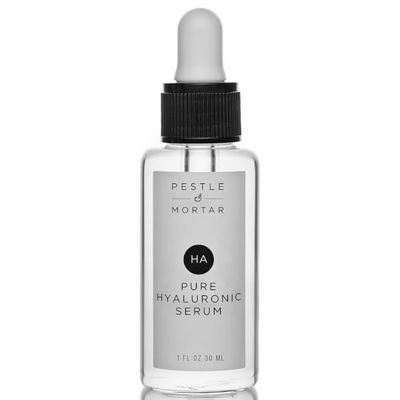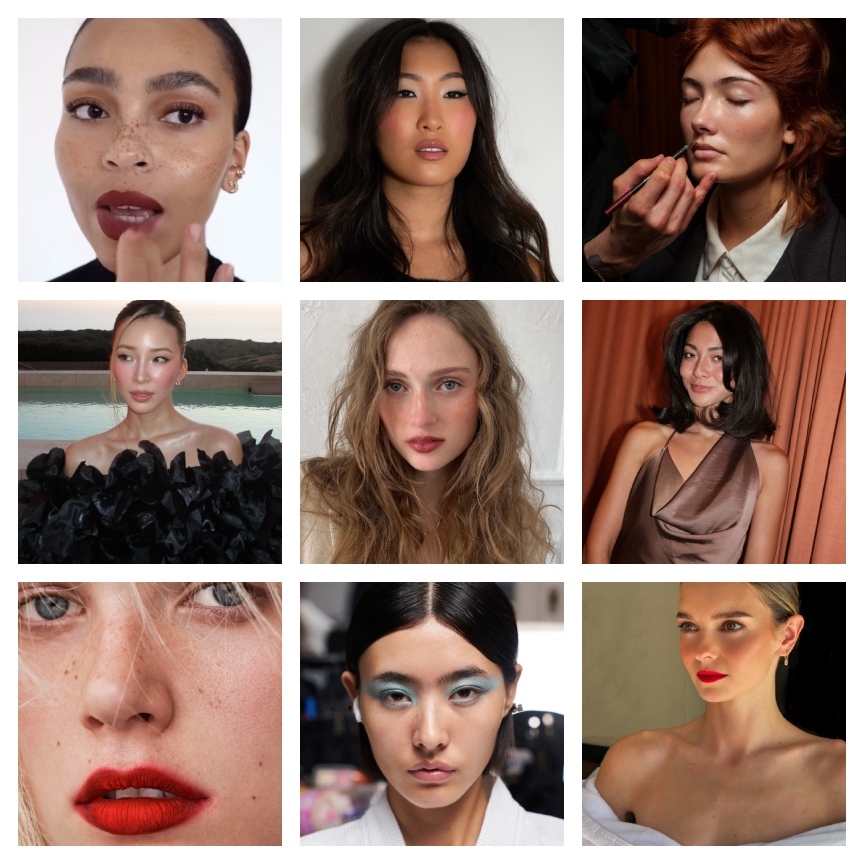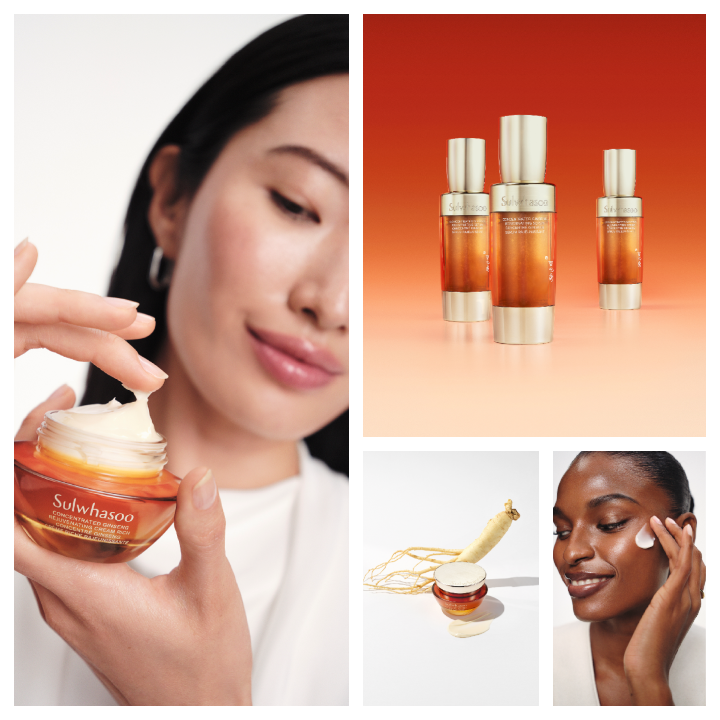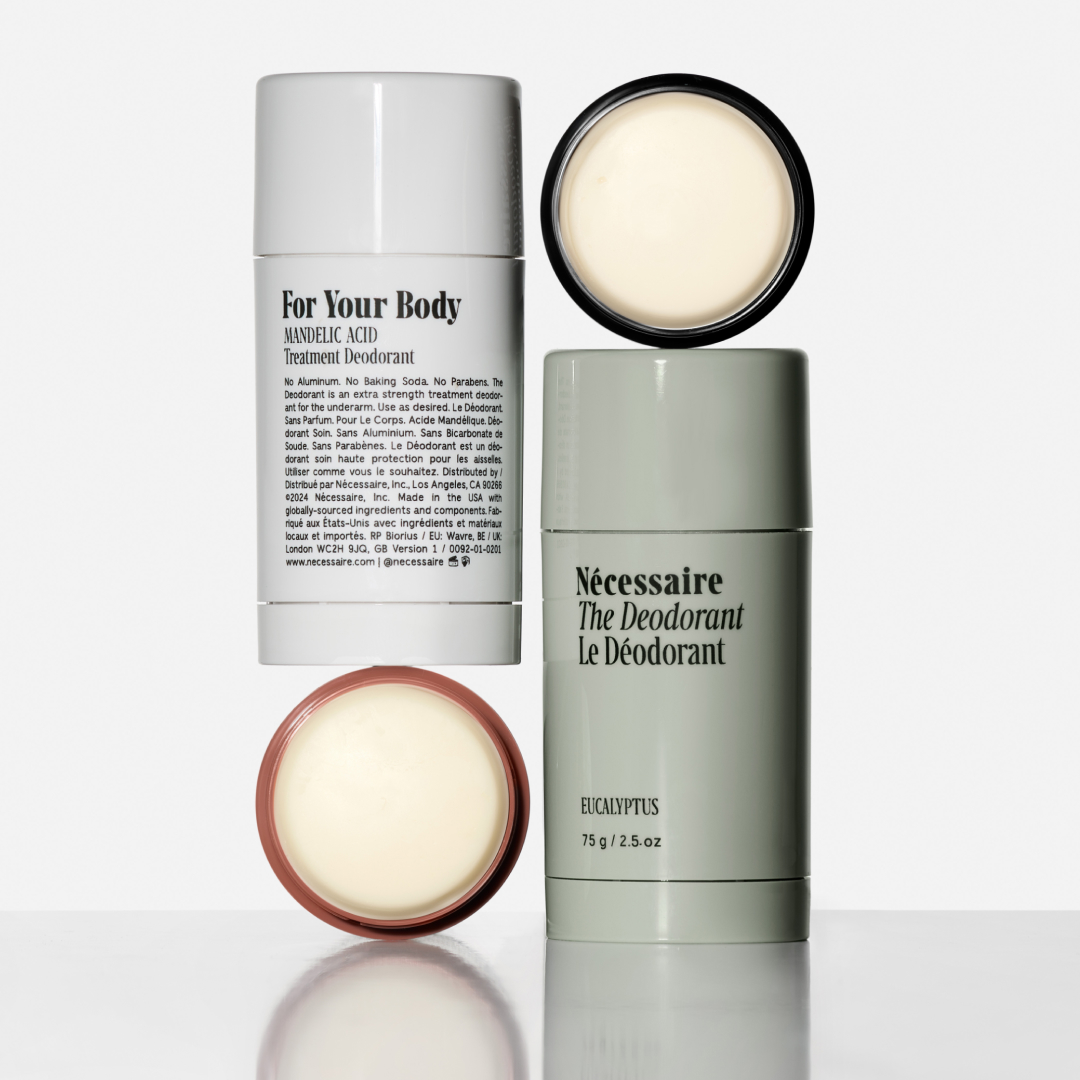The Scientific Reason Your Skin Freaks Out When the Weather Changes
'Tis the season for pumpkins, cuffing...and mystery spots.
Just like the Mothman or a hole-in-the-wall place that makes the best turmeric-activated-charcoal-oat-milk latte in the city, word-of-mouth can be important for shaping the narrative surrounding an elusive thing—and for the dermatological phenomenon known as the "weather-induced spot," or WIS, the anecdotal evidence is strong. Like when the temperature suddenly turns, in a day, from Indian summer to deep-freeze February, and the next morning, you wake with an itchy, irritated new friend on your cheek. Or when you go on vacation and board your flight home with a second personal item: a scabbed-over zit, because a (careful, hygienic) extraction > leaving well enough alone, even if we know better.
RELATED STORY

Most of us have had an encounter with the WIS, but few have taken action beyond sighing and slapping on some Glossier Stretch Concealer (until you can have a steam and a go at the annoying bump). No more speculation, though—here, Mona Gohara, MD, dermatologist and associate clinical professor at Yale, uncovers the WIS.
Is the WIS a real, scientifically-recognized thing?
Okay, no, Gohara says, as far as studies go, but seasonal changes are definitely real. "As it becomes warmer, the combination of sweat and oil production makes one a bit more prone to acne," Gohara says. "And when it is cold, and the wind hits your skin or the icy temps are abundant, the skin barrier becomes compromised and more likely to be inflamed." So if you take these proven effects but introduce a turbulent meteorological situation—including self-caused ones like travel to a drastically different climate—the logical conclusion is...these proven effects but possibly worse. QED.
RELATED STORY

If I have been personally victimized by the WIS, what can I do to improve my quality of life?
As the sports people say, "The best defense is a good offense." Same goes for WIS prevention. Gohara says she recommends adding on a moisturizing serum with hyaluronic acid and swapping out your summertime lightweight lotion for a cream. (The reverse for when cold turns to warm, plus a double cleanse when it gets super muggy.)

Pestle & Mortar Pure Hyaluronic Serum, $49
Elsewhere, Gohara also says to watch how many king-size Reese's/slices of pie/those candy-cane butter mints you eat, as sugar can increase blood cortisol levels, thus triggering breakouts. And get some rest, you filthy animal—beauty sleep might just be the best WIS-slayer of all.
Stay In The Know
Get exclusive access to fashion and beauty trends, hot-off-the-press celebrity news, and more.
RELATED STORY

Chelsea Peng is a writer and editor who was formerly the assistant editor at Marie Claire. She's also worked for The Strategist and Refinery29, and is a graduate of Northwestern University. On her tombstone, she would like a GIF of herself that's better than the one that already exists on the Internet and a free fro-yo machine. Besides frozen dairy products, she's into pirates, carbs, Balzac, and snacking so hard she has to go lie down.
-
 Tyla's Coachella Outfit Pairs Dolce & Gabbana With Pandora
Tyla's Coachella Outfit Pairs Dolce & Gabbana With PandoraThe singer wore a gold version of the crystal bra made famous by Aaliyah.
By Amy Mackelden Published
-
 How Kate Middleton Is Influencing George's Fashion Choices
How Kate Middleton Is Influencing George's Fashion ChoicesThe future king's smart blazer is straight out of Princess Kate's style playbook.
By Amy Mackelden Published
-
 King Charles "Couldn't" Meet Prince Harry During U.K. Visit
King Charles "Couldn't" Meet Prince Harry During U.K. Visit"It could actually bring down a court case."
By Amy Mackelden Published
-
 Everything You Need to Know About Marie Claire’s Skin and Hair Awards
Everything You Need to Know About Marie Claire’s Skin and Hair AwardsCould your brand survive an editor testing session?
By Ariel Baker Published
-
 People Always Compliment My Flawless Skin—These 6 Steps Are Why
People Always Compliment My Flawless Skin—These 6 Steps Are WhyFrom sunscreen and essences to moisturizers, it's all here.
By Hannah Baxter Published
-
 The 11 Best Spring Makeup Trends Are Sexy, Sensual, and Perfectly Luminous
The 11 Best Spring Makeup Trends Are Sexy, Sensual, and Perfectly LuminousIt's dew or die time.
By Jamie Wilson Published
-
 Simone Ashley’s Indie Sleaze Glam Is a Cool-Toned Dream
Simone Ashley’s Indie Sleaze Glam Is a Cool-Toned DreamThe actor was spotted in New York City looking like the epitome of cool-toned beauty.
By Ariel Baker Published
-
 Sulwhasoo’s New Concentrated Ginseng Cream Is a Wrinkle-Erasing Time Machine for My Skin
Sulwhasoo’s New Concentrated Ginseng Cream Is a Wrinkle-Erasing Time Machine for My SkinThis Seoul-based brand is the key to plump skin.
By Samantha Holender Published
-
 The 10 Best Hair Growth Shampoos of 2025, Tested by Editors
The 10 Best Hair Growth Shampoos of 2025, Tested by EditorsExpensive and healthy-looking hair on lock.
By Marisa Petrarca Published
-
 New York Fashion Week’s Fall/Winter 2025 Best Beauty Moments Are a Lesson in Juxtaposition
New York Fashion Week’s Fall/Winter 2025 Best Beauty Moments Are a Lesson in JuxtapositionThe week's best beauty looks were a maximalism master class.
By Ariel Baker Published
-
 Nécessaire's Extra-Strength Deodorant Outlasts an Editor's Sweatiest Test: Fashion Week
Nécessaire's Extra-Strength Deodorant Outlasts an Editor's Sweatiest Test: Fashion WeekEven with my hectic schedule, I've never smelled better.
By Halie LeSavage Published